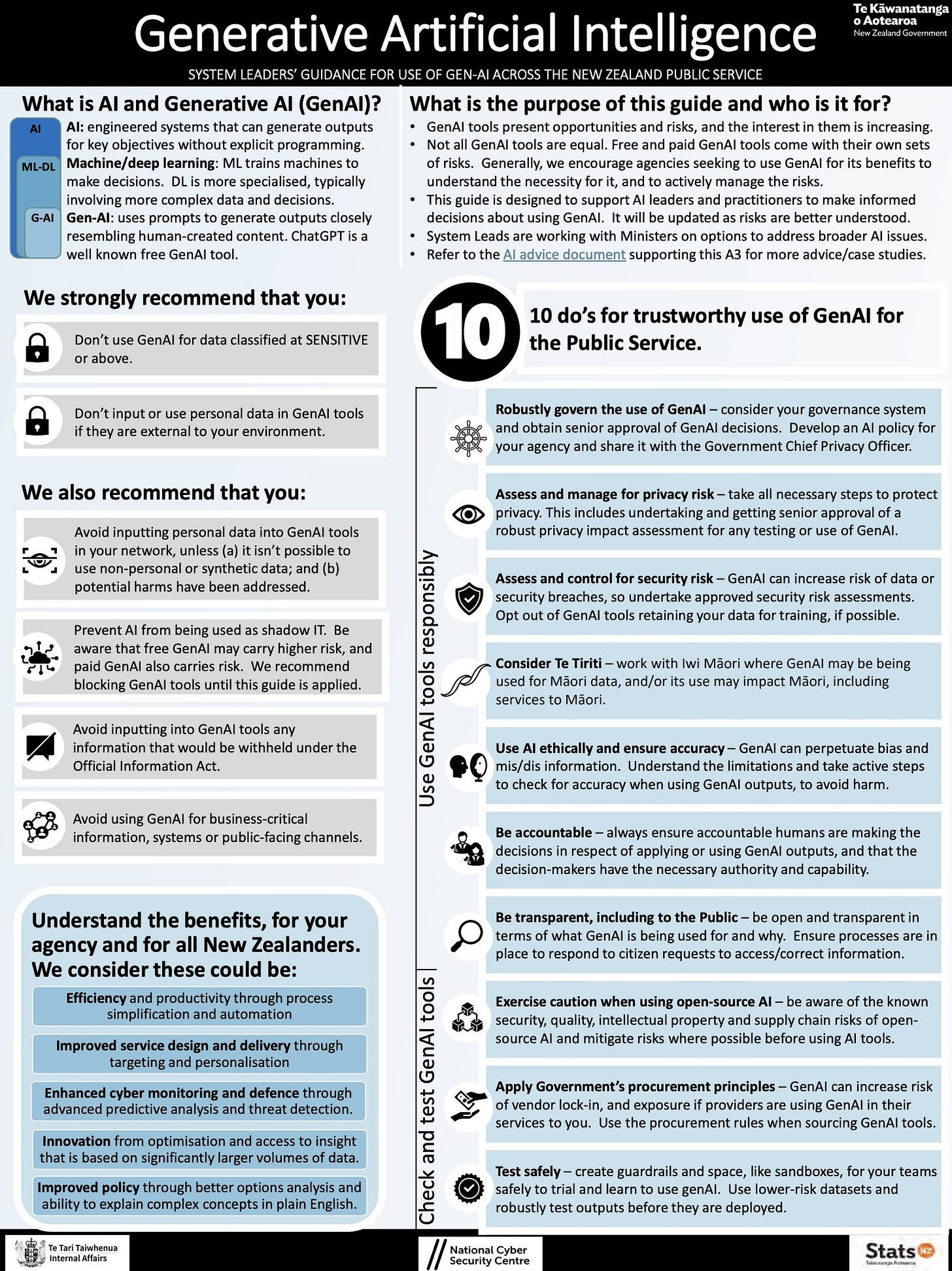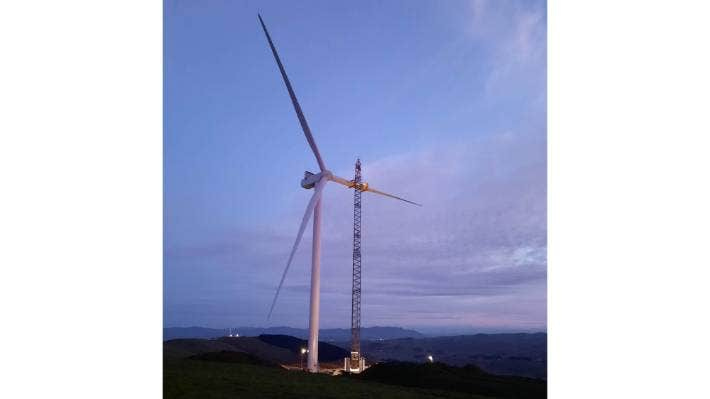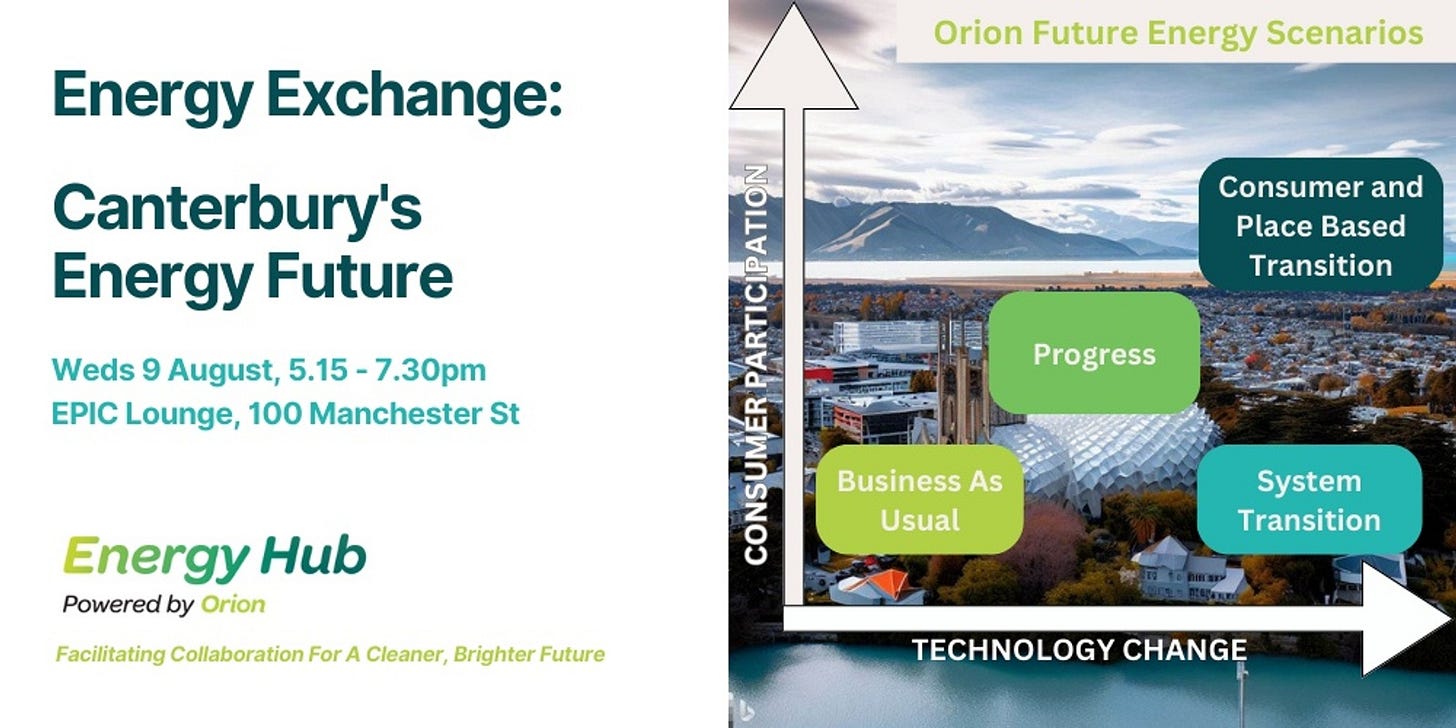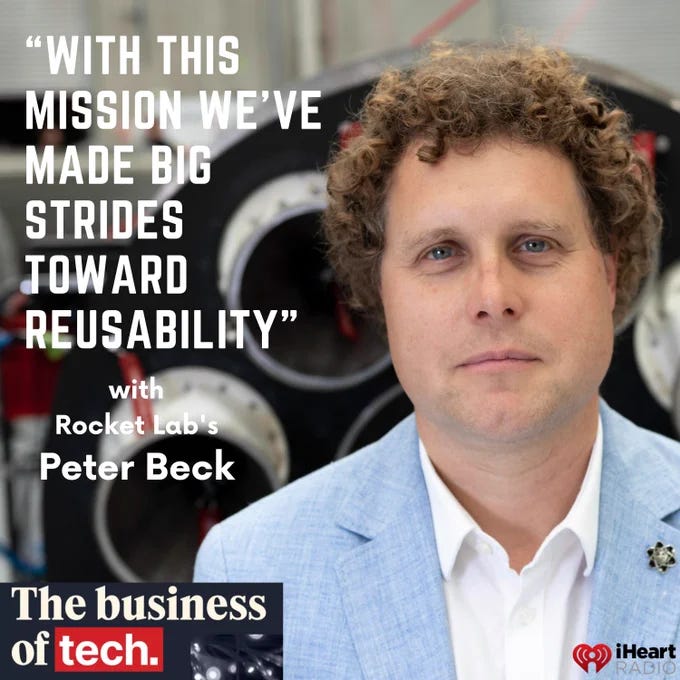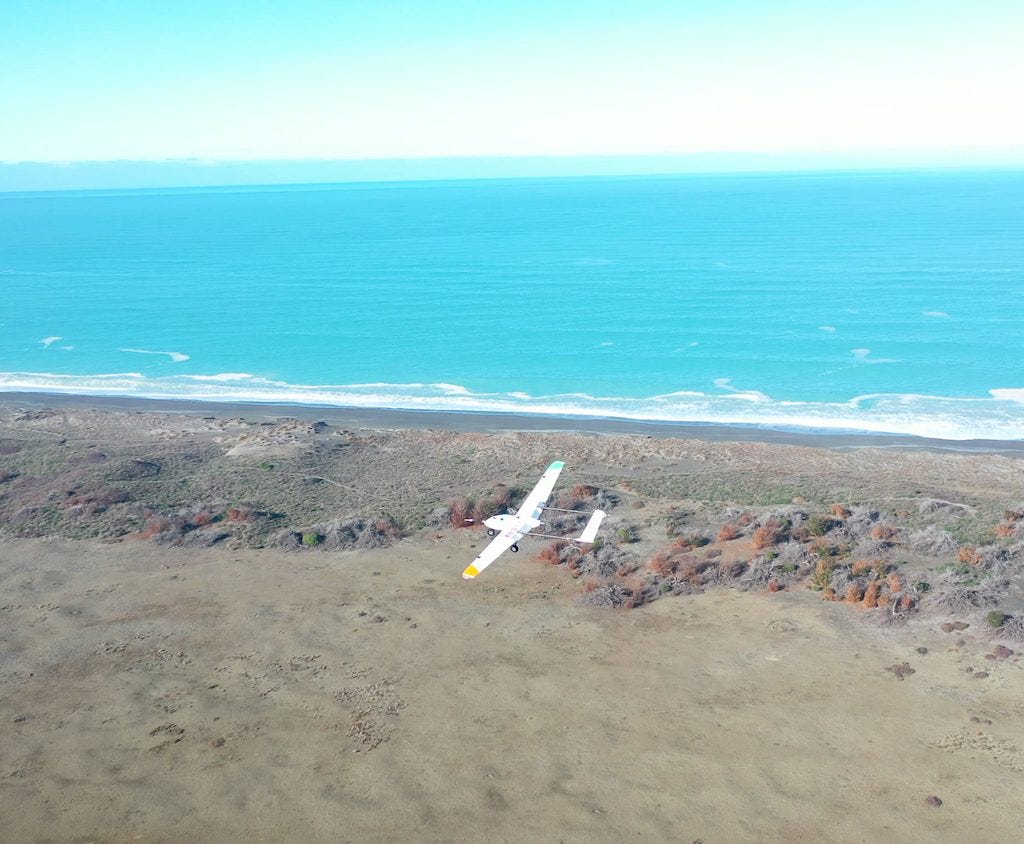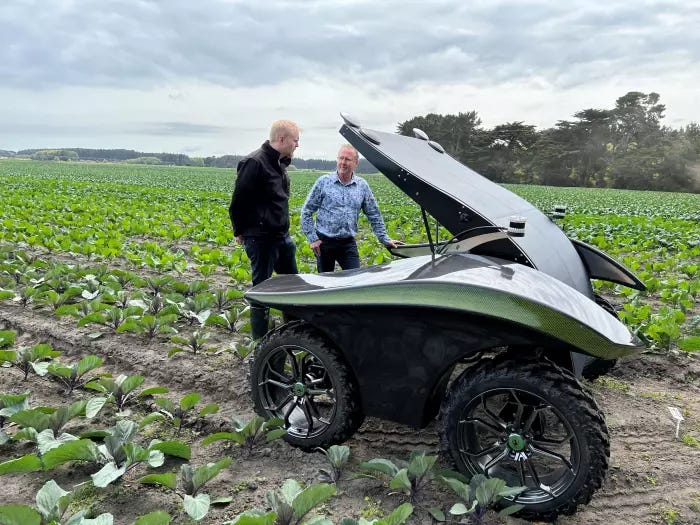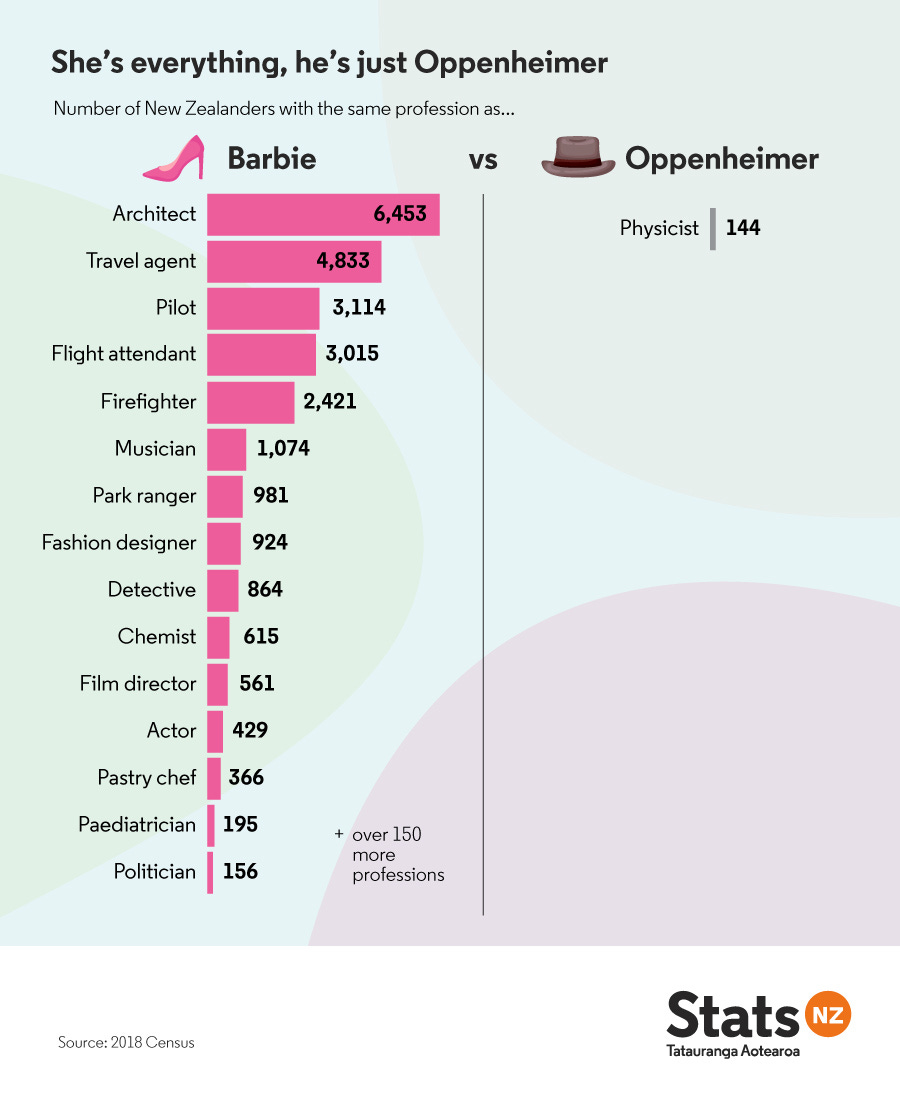⏩Fast Forward Aotearoa #47: a fortress🏰or an ark?🛳️ GHG gas emissions going down📉govt guidelines on GenAI📜spinning out🌀top 💯 tech AoNZ tech firms to work for
Only 144 physicists 😓
Kia ora and welcome to ⏩Fast Forward Aotearoa, my newsletter and book-in-progress thinking about emerging tech and the unfolding future in my corner of the world, Aotearoa New Zealand.
(Last instalment of the book today, 14 months after starting!)
(TIP: If you want to keep receiving the weekly Wednesday Memia emerging tech newsletter but prefer not receive these Aotearoa-focused posts you can manage your subscription preferences here. Note: I’ll be splitting these posts off into a separate Substack imminently…so maybe just leave things as is…)
🗞️Aotearoa roundup
Some commentary which caught my attention in the last couple of weeks. Quite a few bits of good news to temper the general pre-election atmosphere of doom....
📉GHG gas emissions going down
Two stories confirming that Aotearoa’s GHG emissions are finally heading in the right direction… if slowly.
Marc Daalder in Newsroom: we are bending the climate curve:
Olivia Wanna in Stuff: From a high in 2019, emissions have fallen for three straight years
📜Government guidelines on GenAI
DIA, Stats NZ and the National Cyber Security Centre produced a balanced set of guidelines on the use of GenAI in the public service:
💸Waiting for the E-tāra
An article in The Conversation by Abhishek Mukherjee, Paresha Sinha and Paul David Richard Griffiths looking at RBNZ’s progress investigating a digital currency: The future of money is digital – but NZ needs a careful framework to prevent the pitfalls of cryptocurrency:
Although promising, the future of cryptocurrency in New Zealand is not without its challenges. The RBNZ will need to keep a close eye on things. The central bank will need to walk a fine line between encouraging new ideas and managing the risks.
For the moment, the RBNZ is taking a cautious approach. While there won’t be any immediate policy changes, the RBNZ will be enhancing its monitoring of the financial ecosystem, tracking global regulatory trends and collaborating with financial organisations to address data gaps.
The goal should be to make sure people understand cryptocurrencies, manage the risks and promote innovation. As one respondent put it:
“The future is digital. Let’s embrace it, understand it, and make it work for us.”
🙄DDos meh
Several Aotearoa websites, including Parliament’s, underwent a DDos attack with a Russian hacker group claiming responsibility. The NCSC spokesperson wasn’t impressed:
“DDoS attacks are not new; they have been taking place since the early days of the internet, including in New Zealand. Most organisations have a range of measures they are able to deploy, to mitigate the impact of such attacks,”
🌬️Reach for the sky
The tallest wind turbines in Aotearoa — at 77m high — are nearly ready. Mercury Energy has erected two massive wind turbines at its Kaiwera Downs windfarm near Gore, which will generate enough power for 22,000 homes on schedule to be operational in October this year:
🤗Welcome home
The first four kākāpō to live on Mainland Aotearoa in nearly 40 years were translocated to Sanctuary Mountain/Maungatautari near Cambridge. The severely endangered population has now recovered to 248.
📅Events
Ōtautahi folks, get along to Energy Exchange on Wednesday this week to discuss Canterbury’s Energy Future. (Free event)
📢Rollcall
Lots of shout outs around the motu this week!
🌀Spinning out
Congratulations to co-founders Steve West and AJ Wilderland of Serato - who announced their exit to Japanese-owned Pioneer DJ for a sum thought in excess of NZ$100M.
Director Mike “MOD” O’Donnell tells the backstory… Serato purchase is proof New Zealand’s tech sector is worth backing …a little-known Aotearoa success story.
🚀Aotearoa in space
Not to be missed: two great podcasts on Aotearoa’s burgeoning space sector with Peter Griffin and Ben Moore:
And an in-depth profile of how the Tāwhaki Aerospace Research Centre is building a South Island space hub that's good for the land
Case in point: Kea Aerospace carried out their first Beyond Visual Line Of Sight (BVLOS) test flight at Tāwhaki a few weeks ago:
Kea test flight https://www.keaaerospace.com/news-and-events/first-bvlos-flight-at-tawhaki/
⚡Electric farms
A superb talk from New Zealand Zero’s Mike Casey at this year’s Boma E Tipu conference discussing a future with100% electric farms:
🌾SeedSpider
Speaking of which… SeedSpider is an Aotearoa-based robotics company building a weed-hunting robot:
💯Top 100 tech AoNZ tech firms to work for
And if that gets you excited, career platform Matchstiq recently compiled a list of the Top 100 New Zealand tech firms to work for.
💎Kōhatu huna
Only 144 physicists 😓
⏩Fast Forward Aotearoa scenario X: Hitting the Jackpot
(“The Jackpot” - taken from William Gibson’s post-apocalyptic novel The Peripheral).
“Some combination of climate change, ecological collapse, nuclear war, bioterrorism and nanoengineering kills off billions of humans and the world’s ecosystems in a fast-unwinding global apocalypse, leaving a few left behind (and their AI symbionts) to rebuild from the ashes of civilization.”
🏰Strategy X1: In a catastrophe, build a fortress or an ark?
Without wanting to finish on too gloomy a note, the global polycrisis could lead to some pretty dark eventualities for the whole world, not least Aotearoa. In this final section of Fast Forward Aotearoa I’ll explore some strategies for Aotearoa to invest in resilience and preparation for catastrophic events — with a particular focus on technological interventions.
Some of this material draws generously from the work of the NZCat project — as recognised by catastrophic risk researchers Matt Boyd, Nick Wilson and team, Aotearoa is uniquely positioned among a very small number of island nations to become an “Ark” for humanity in the event of global societal and/or ecological collapse. Their 2022 paper Island refuges for surviving nuclear winter and other abrupt sunlight-reducing catastrophes identifies the key advantages… but also drawbacks:
“Some island nations in the Southern Hemisphere might survive a severe sun-reducing catastrophe such as nuclear winter and be well placed to help reboot-collapsed human civilization. Such islands must be resilient to the cascading effects abrupt sunlight reduction scenarios (ASRS) would impose beyond the impacts on agricultural systems. …We undertook a case study of the island nation of New Zealand. The island nations of Australia, New Zealand, Iceland, the Solomon Islands, and Vanuatu appear most resilient to ASRS. However, our case-study island nation of New Zealand is threatened in scenarios of no/low trade, has precarious aspects of its energy supply, and shortcomings in manufacturing of essential components. Therefore, inadequate preparations and critical failures in these systems could see rapid societal breakdown. Despite some islands’ favorable baseline conditions and apparent food security even in a severe ASRS, cascading impacts through other socioecological systems threaten complex functioning.”
Boyd and Wilson’s team is continuing their work as part of the extended 2022-2023 Aotearoa NZ Catastrophe Resilience Project (NZCat) which aims to understand…
Keep reading with a 7-day free trial
Subscribe to Memia to keep reading this post and get 7 days of free access to the full post archives.




